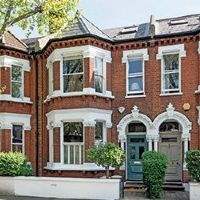They say a week is a long time in politics. When the political backdrop is uncertain, three years can seem like an eternity in the prime housing markets.
A lot has happened in that time. Two general elections. Changes in the leadership of all of the main political parties. A vote to leave the EU.
This level of political uncertainty alone would be enough to make buyers cautious. But, there has also been a series of stamp duty increases and, for those buying an additional home, a further stamp duty rise.
Prices in central London are now 15.2% below their peak of three years ago. With a snap general election and a hung parliament forerunners to the start of Brexit negotiations, prices have fallen 3.2% in the first nine months of this year.
Elsewhere across London, the price adjustment has been less significant. This reflects less exposure to stamp duty and other tax changes. But, as price growth in the mainstream London markets has slowed dramatically, so prices in the prime markets along London’s wealth corridors have softened, falling 6.5% since September 2015.
In both cases, the effect of mortgage regulation has been felt – a factor that is less relevant to prime central London. The hint of interest rate rises has not helped sentiment, even though those rates are coming off unprecedented lows.
.png)
.png)
.jpg)
.jpg)
.jpg)


.jpg)

.jpg)
.jpg)
.jpg)